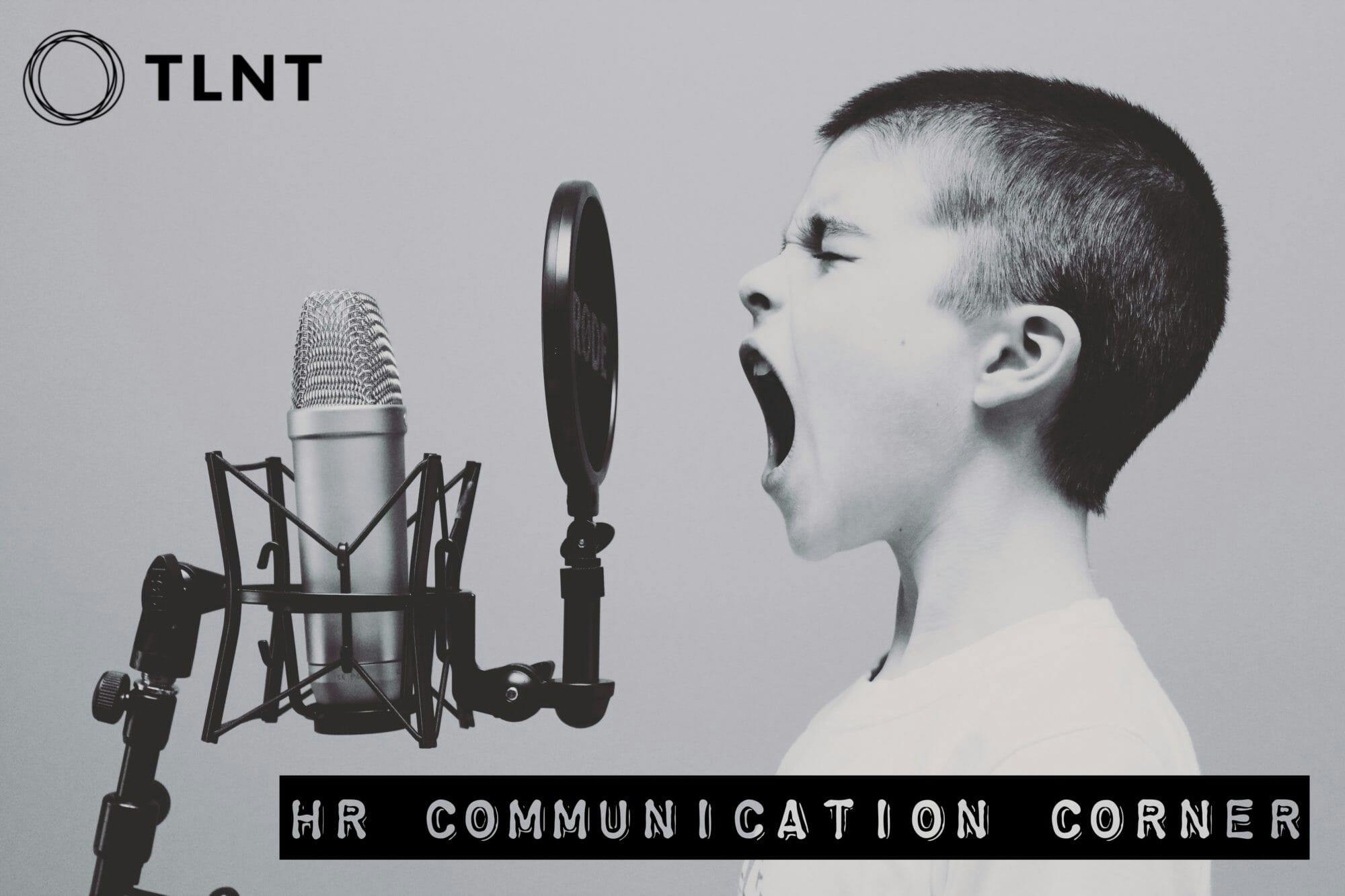When asked by an aspiring novelist the secret to his success, crime novelist Elmore Leonard replied: “I try to leave out the parts that readers tend to skip.” If more business communicators applied that concept, we’d see fewer words and clearer communication.
For example, my bank recently merged with a large bank, and so the routing number changed for ACH transactions. That meant to update banking information, I had to contact 32 entities that make direct deposits to my accounts. Most sent back an automated response from their royalty department giving directions to update the information.
The problem? More than half of those responses contained outdated information that sent me on a wild goose chase — wrong phone numbers, broken links, and inaccurate contact person “for more information.”
Situations like this contribute to a recurring problem: Only conscientious, consistent people read your communication from start to finish because they understand that it’s a boilerplate message that will likely lead them astray.
So they call — and “remain on hold” until they reach their frustration threshold. By the time they talk to you live, they’re ready to explode.
Here’s how to circumvent this all-too-common situation.
Dump the Garbage From Your Routine Emails, Forms, Policy Statements, and Instruction Manuals
Here’s what to look for:
- Revise automated responses that were created for a temporary situation but that still go out because no one has taken responsibility to update them.
- Dump the opening clichés that have just become noise: “I hope you’re well.” “Quick question…” “As a reminder …” “As we discussed last month in our staff meeting, blah, blah, blah.”
- Update your distribution lists for “group” messages that you send routinely — for staff meetings, training, monthly or quarterly reports.
- Use “Reply All” appropriately — as the exception, not the rule. As the sender, state “no reply necessary” when you anticipate that the majority of your readers will have nothing meaningful to add. Here’s an example: “I’ve attached our quarterly XYZ report for your review. Please reply ONLY if you see data that should be updated before I forward this to headquarters.” If you’re the receiver of such an email, refrain from using “Reply All” to send meaningless comments like “Looks fine.” “Good.” “Okay to me.” “No changes here.”
- Omit “background” information that makes little or no sense without an opening summary of your key point and the desired action. Starting with “once upon a time” works well for jokes, anecdotes, sitcoms, and movies — but not for business communication. Give the punchline, which most often implies but does not explicitly detail the background situation, and you’ll grab a reader’s attention faster.
Like Leonard admonished: Cut to the chase and leave out the part your employees will likely skip.
